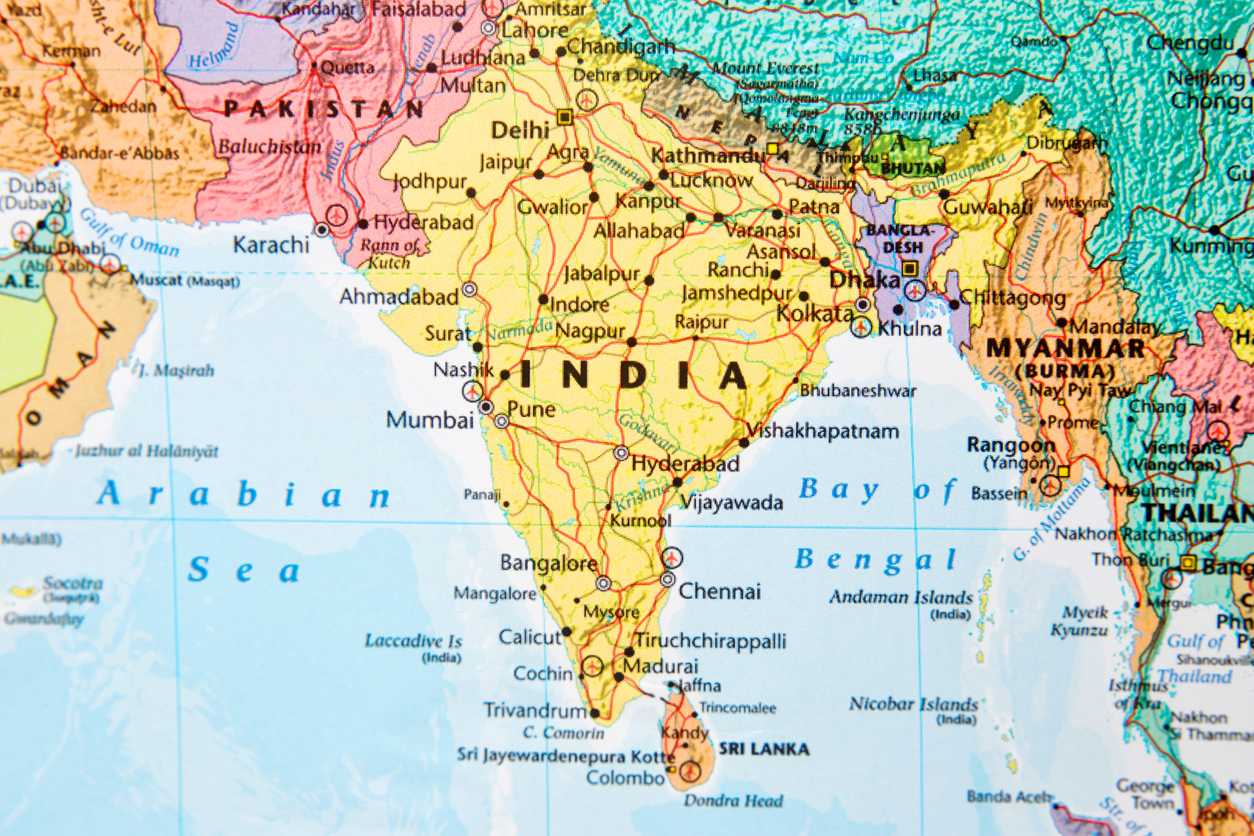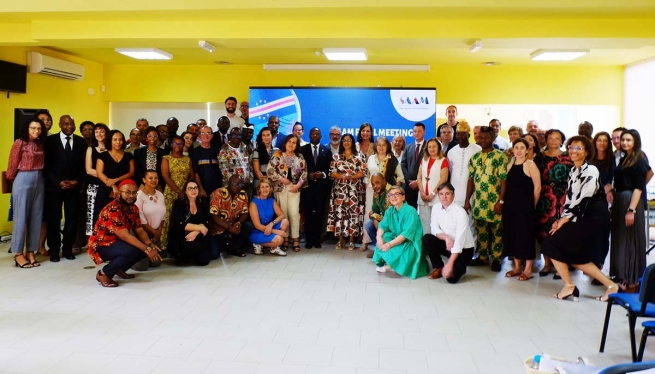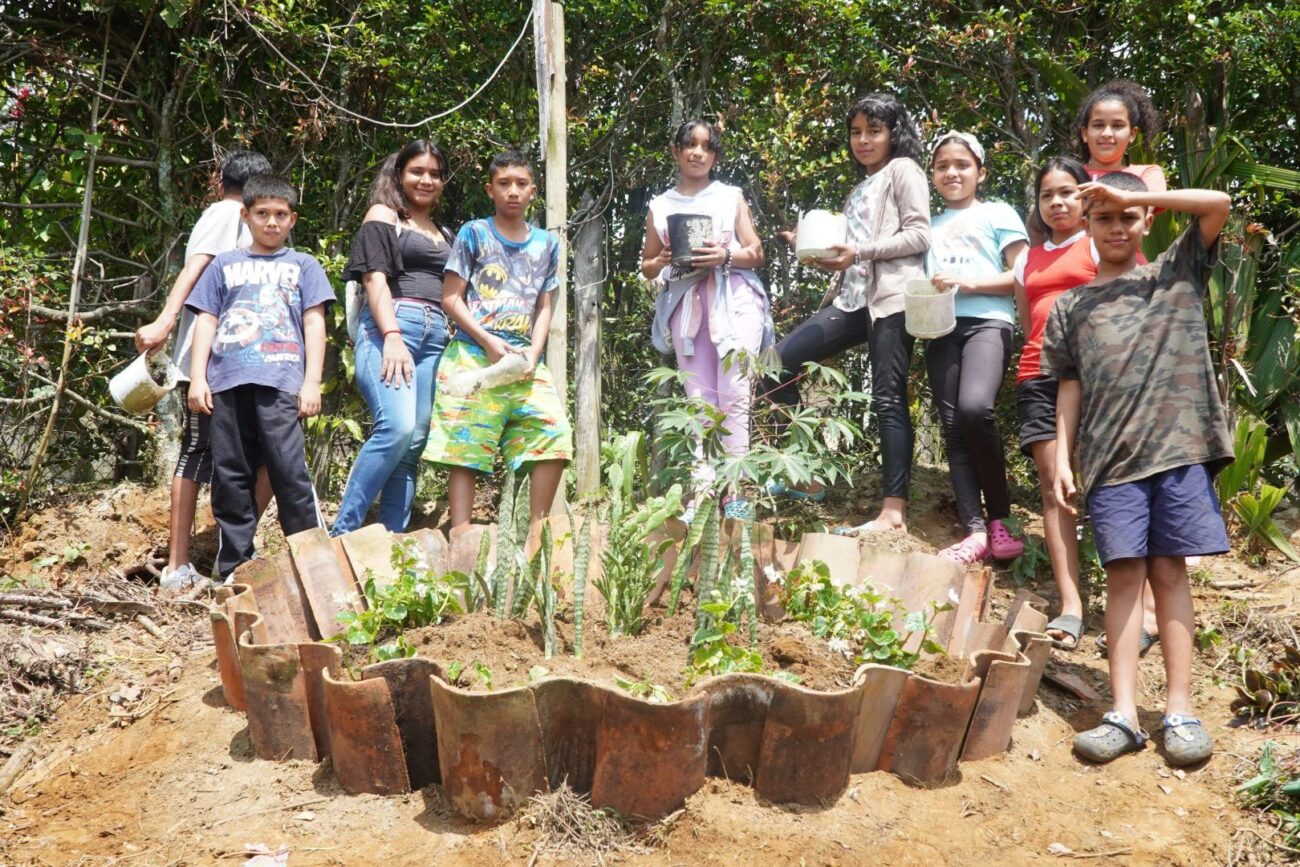INDIA: Salesian Programs Rescues, Provides Shelter for Runaway and Abandoned Youth
(MissionNewsire) A young student from a home for abandoned and runaway youth operated by Don Bosco Anbu Illam was recently reunited with his parents after more than nine years. According to an article by The Hindu. Muhammed (alias Faiz Hussein) went missing from the Chennai Central Railway station while on a trip with his mother in 2007. After being separated from his mother, he was later rescued by Salesian staff that operate the Childline Youth Hotline.
This hotline is a safety net for youth on the streets and connects them to safe shelter and other services. Salesian missionaries collaborate extensively with the Indian government and child protection system by providing training, advocacy and outreach program development to help reduce the number of street children while sharing resources for finding, identifying and rehabilitating those currently living on the streets.
Later after being processed through the India Child Welfare court, Muhammed went to live at the Don Bosco Anbu Illam home. The home currently houses 102 children, of which 23 are orphans, 70 have single parents and the remaining 9 were found abandoned at stations, bus stops and other public places. Muhammed is enrolled in St Joseph’s School and is a good student who is interested in running and high jump. He even represented the district at the annual sports meet.
“We were unable to get any proper information from him at that time he was brought to our care as he was too young. When we asked what his name was he said Muhammed, that’s how we named him. We however continued looking for his parents as our goal is always reunification if possible,” said Johnson Bashyam, rector and director of Don Bosco Anbu Illam in The Hindu article.
Even thought he was able to adjust to life in the Salesian foster home, Muhammed felt unwanted because he didn’t have his parents or his old friends. His goal now that he has been reunited is to continue school, play cricket and learn Hindi, the language of his family. While in school, Muhammed learned and primarily spoke Tamil. While Muhammed was not a missing or abandoned child, many of those at the Don Bosco home are and the program provides a safety net they would not otherwise have.
Many children living on the streets are runaways who have left home in search of work or to escape violence or other family difficulties. According to UNICEF, more than 40,000 children are reported missing every year in India. Of these, close to 11,000 remain untraced. As many cases go unreported, it is suspected that the actual number of missing children is much higher. Many runaways come to major cities like Delhi, Mumbai, Kolkata and Bengaluru in search of work and a better life with the majority of them living on the streets and on the country’s railway platforms where they beg, steal or perform menial jobs to survive. All too often, they fall victim to child traffickers.
In 2010, India passed a landmark law mandating that all children between the ages of 6 and 14 be in school, but according to UNICEF, millions of children remain in the workforce. Full implementation of the law went into effect in 2013, but child workers can still be found in almost every industry in India. The problem has been enforcing the law, particularly in high poverty regions of the country.
“Salesian missionaries in India are working hard to rehabilitate street children and restore their childhoods,” says Father Mark Hyde, executive director of Salesian Missions, the U.S. development arm of the Salesians of Don Bosco. “Many take for granted having a safe place to sleep, enough food to eat and access to medical care. Salesian missionaries recognize how critical it is to meet these basic needs before expecting youth to be able to focus on education.”
India is home to 25 percent of the world’s poor and more than 30 percent of the country’s population lives in poverty, according to the World Bank. With the largest number of child laborers in the world, India has made significant progress the past eight years reducing the number of out-of-school children from 25 million to 8 million. However, an estimated 11 million children live on the streets facing the daily horrors of rampant exploitation, forced labor, widespread substance abuse and physical violence. Many poor youth see little opportunity or hope for a better life.
###
Sources:
The Hindu – Nine years later, lost son reunites with his parents
ANS – India – Nine years later, lost son reunites with his parents
UNICEF – State of the World’s Children 2012
World Bank – India




